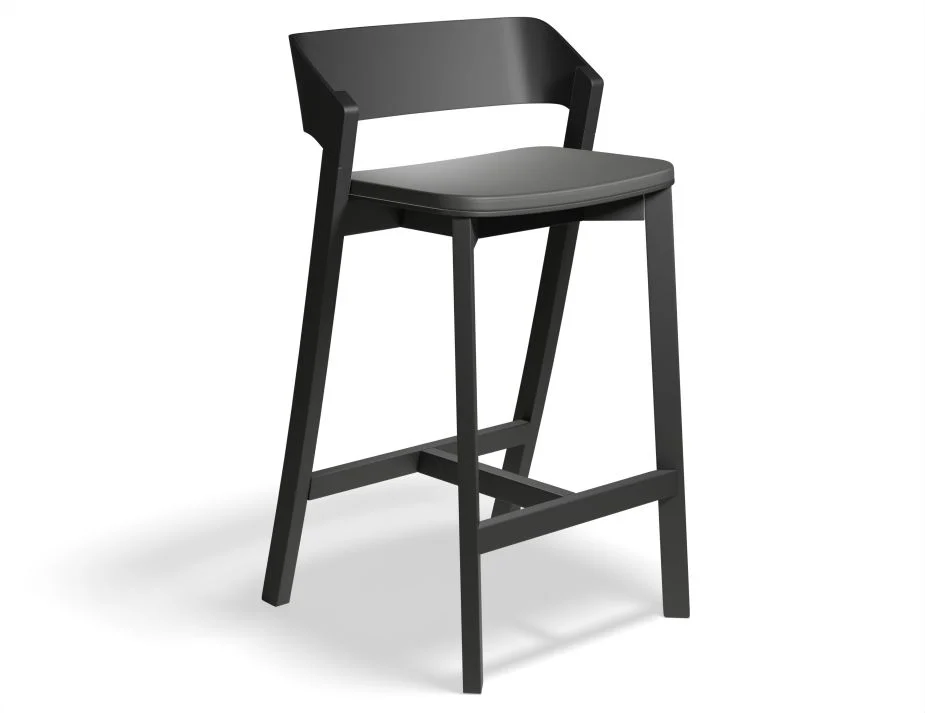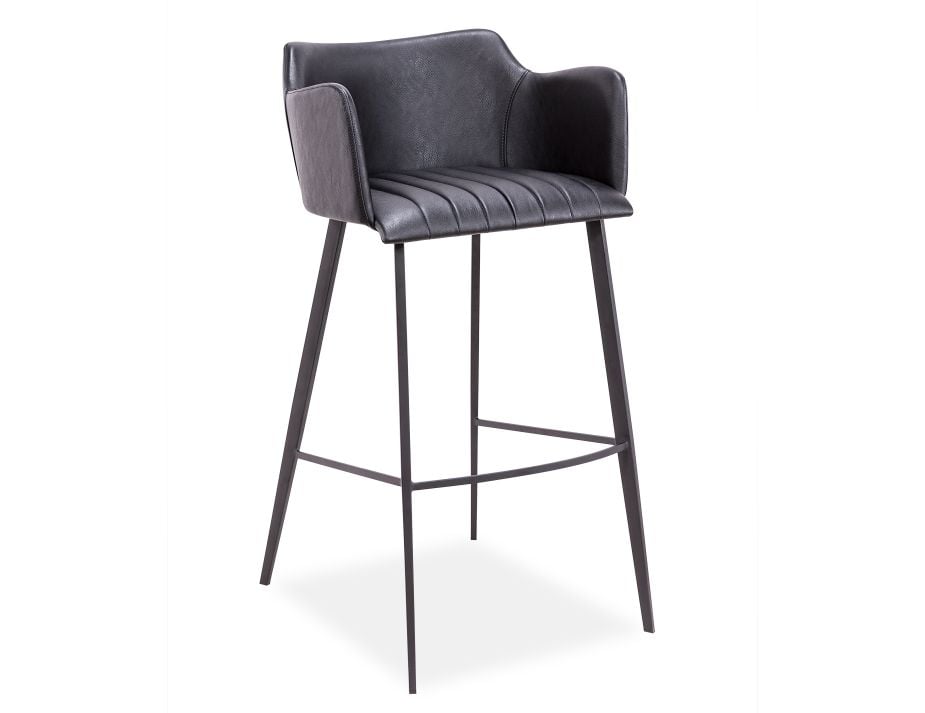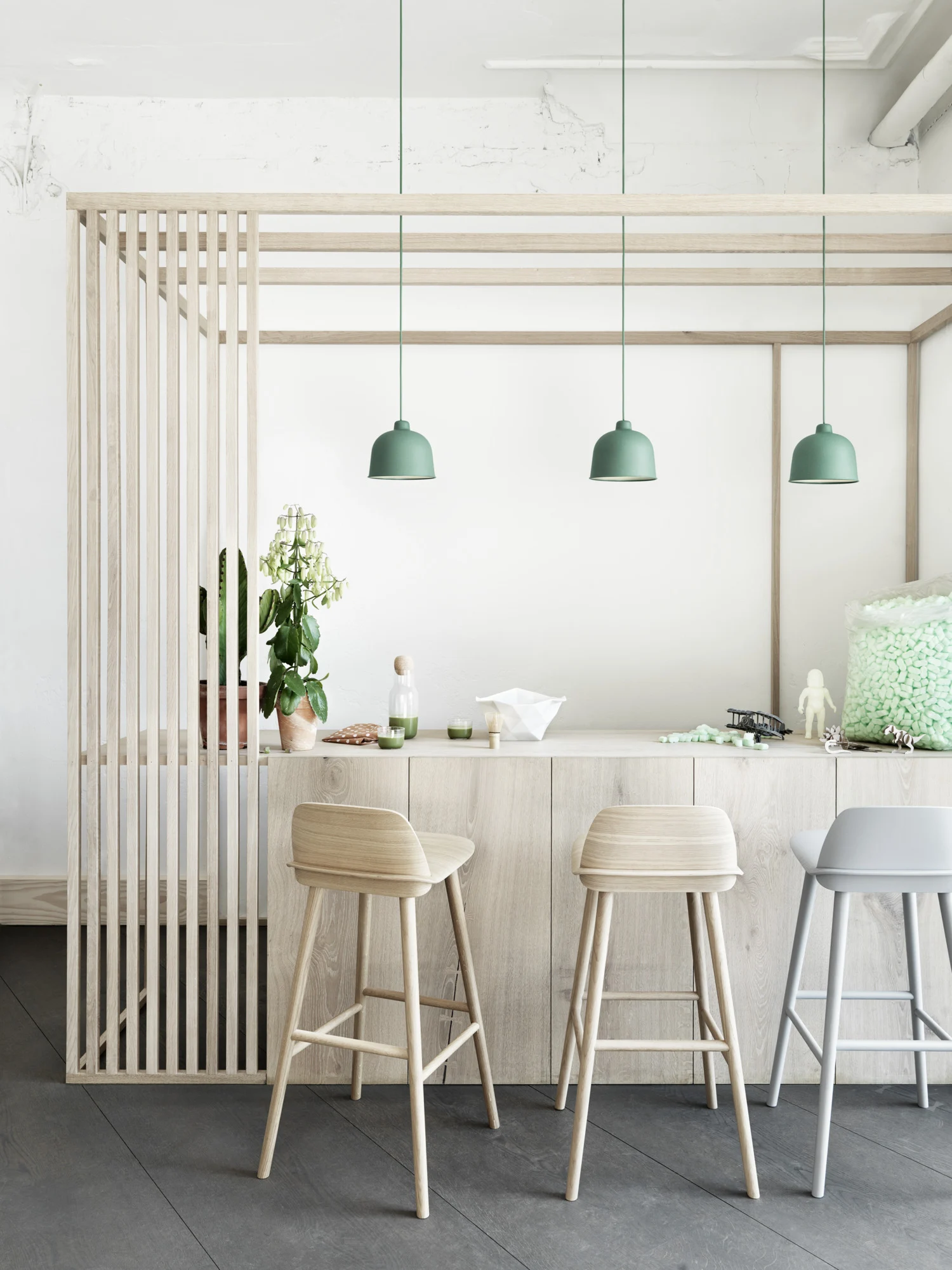
Bar Stool Height: A Guide to Choosing the Right Fit
Height Matters: A Deep Dive into Selecting the Ideal Bar Stool
Selecting the optimal bar stool height might appear simple, yet it’s pivotal for both a space’s utility and aesthetic charm. Whether it’s for a modern kitchen island, a snug breakfast corner, or a welcoming bar setting, your bar stool height is crucial. Too towering, and you might hover awkwardly over your counter. Conversely, too short, and you risk feeling out of place. This guide delves into the intricate realm of kitchen bar stools, arming you with insights to discern between counter height bar stools and standard options, ensuring your pick impeccably complements your setting.
In this comprehensive guide, we’ll dissect the basics of bar stool heights, offer step-by-step guidelines, and even address common mistakes to avoid. So, let’s embark on this journey to elevate your seating game – quite literally!
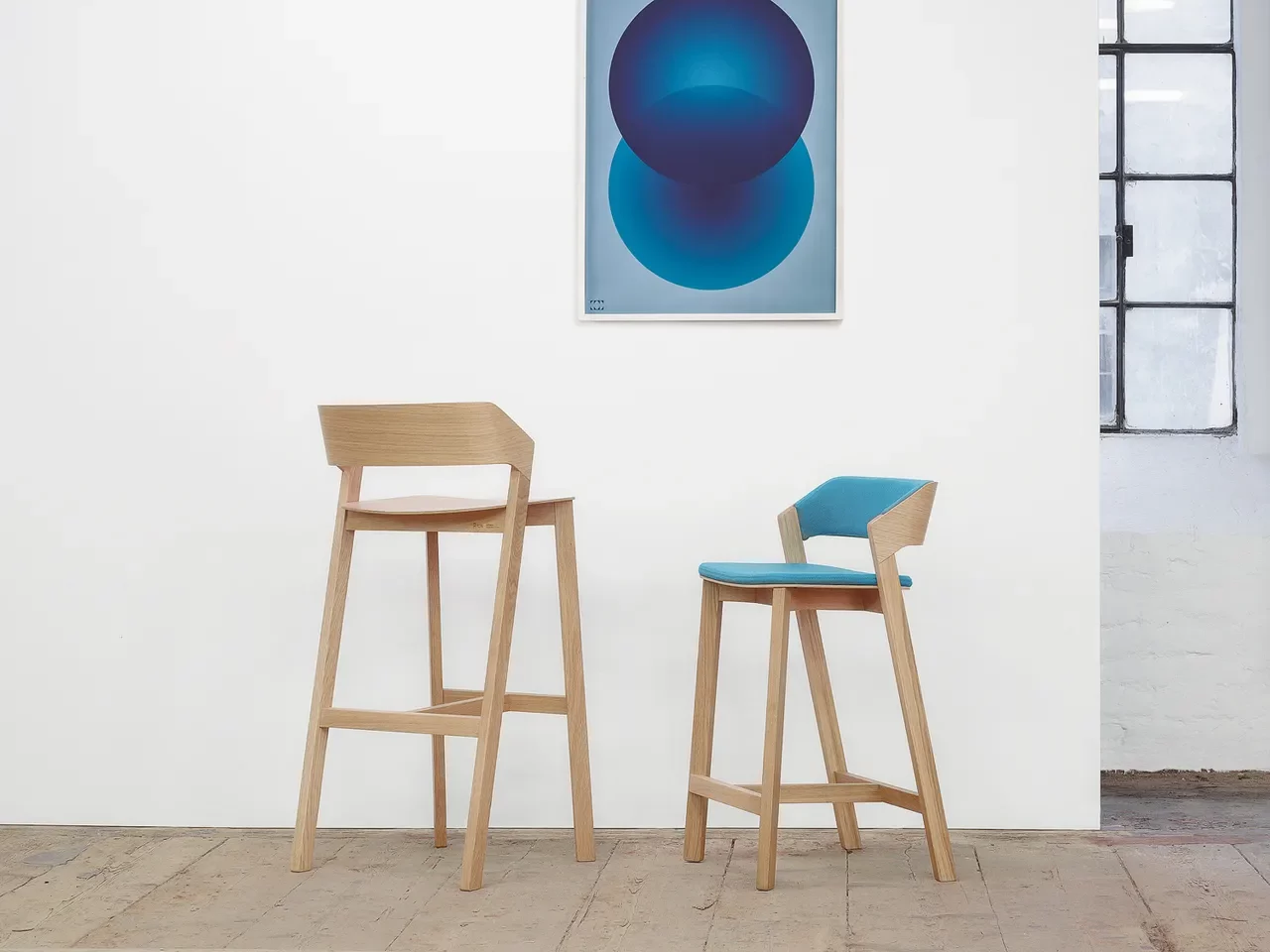
The Basics of Bar Stool Height
Navigating through the diverse realm of bar stools might seem daunting, but the key to an impeccable seating arrangement lies in the height. Ensuring the correct height can turn an ordinary space into an ergonomic delight. So, let’s deep dive into the various bar stool heights to guarantee a well-informed decision.
Counter Height Bar Stools
Predominantly seen in residential settings, particularly in homes flaunting kitchen islands or peninsulas, these stools typically measure between 61 to 66 cm in height. Designed to complement counters that stand roughly 91 cm high, their popularity stems from both their ergonomic comfort and aesthetic fluidity between the counter and stool.
Bar Height Stools
Standing tall at approximately 71 to 76 cm, these stools cater to taller tables or counters that measure around 102 to 107 cm high. True to their name, they’re a frequent choice in bars but have also carved a niche in game rooms, entertainment spaces, or areas with loftier counter setups.
Adjustable Height Stools
For those who prioritize adaptability, adjustable stools come to the rescue. These stools allow for height modifications to match varied counter heights. However, ensure the stool’s adjustable range aligns with your intended counter’s height for optimal use. Additionally, checking the stool’s stability at different height adjustments will ensure both comfort and safety during use.
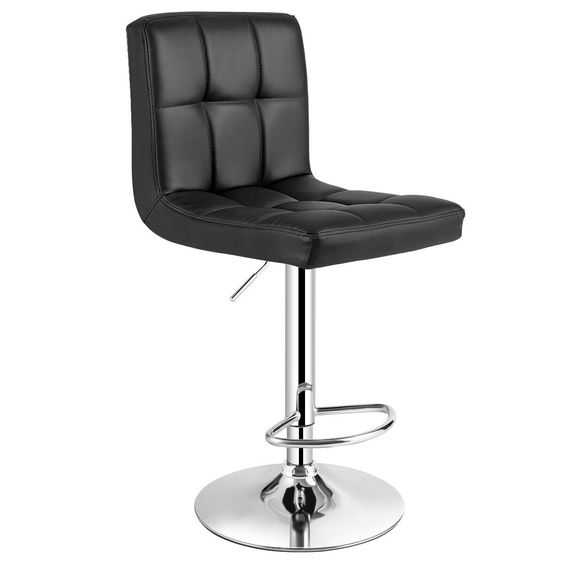
Standard Bar Stool Height and Its Importance
Counter Stool Height
Typically, the standard height for a counter stool aligns with counters around 91 cm tall. Such stools usually measure between 61 to 66 cm in height. This measurement ensures that there’s adequate space for one’s legs under the counter, allowing for a comfortable sitting posture. Proper height selection can drastically improve dining experiences and foster longer, more enjoyable conversations. Additionally, this harmony between the counter and stool elevates the overall aesthetic appeal of the space.
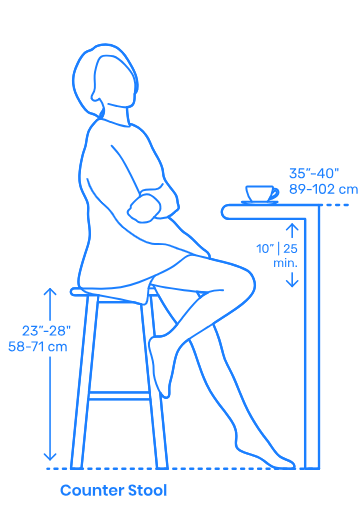
Bar Stool Height
If you’re looking to pair stools with a bar-height counter, which usually stands between 102 to 107 cm, then stools between 71 to 76 cm become the standard choice. These heights allow patrons or family members to effortlessly engage in conversations or dine without feeling too low or too high relative to the counter. Ensuring this height alignment is also crucial for ergonomic reasons, minimizing strain on the back and neck. Additionally, having the right stool height for the bar counter contributes to a streamlined and cohesive interior design, making the space look well-thought-out and professionally curated.
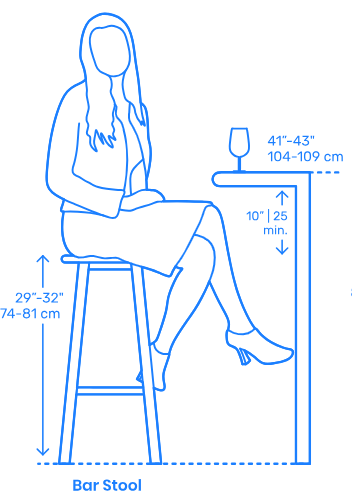
How to Choose the Right Height Bar Stool
- Evaluate the Counter or Table Height: Before making a stool selection, it’s essential to have a clear understanding of the height of your counter or table. Measure the distance from the floor to the underside of the counter or table. Once you have this measurement, deduct approximately 25 to 30 cm to gauge the optimal stool height.
- Consider Users’ Comfort: While measurements provide a good starting point, the personal comfort of those using the stools should be a top priority. It’s beneficial to consider the average height of the individuals who will frequently use the stools. For households with taller members, stools nearer the maximum standard height might be more suitable. Conversely, in homes where most members are of shorter stature, choosing stools on the lower end of the range could be more appropriate. Always prioritize the comfort of the users, ensuring they can sit for extended periods without feeling cramped or awkward.
- Spacing Between Stools: The space between each stool is as critical as the stool’s height. Proper spacing ensures that everyone can sit down and stand up without bumping into each other or feeling crowded. It’s recommended to maintain a gap of at least 15 cm between stools.
- Design and Features: Beyond the practicalities of height and spacing, the design and features of the stools can greatly impact their functionality and aesthetic appeal. Stools equipped with arms, for instance, can add a touch of elegance and provide added comfort. Swivelling stools offer a fun and dynamic seating option, allowing for easier conversations and movement. When choosing design features, balance the aesthetic appeal with functionality to ensure the stools serve their purpose effectively and blend seamlessly with your decor.
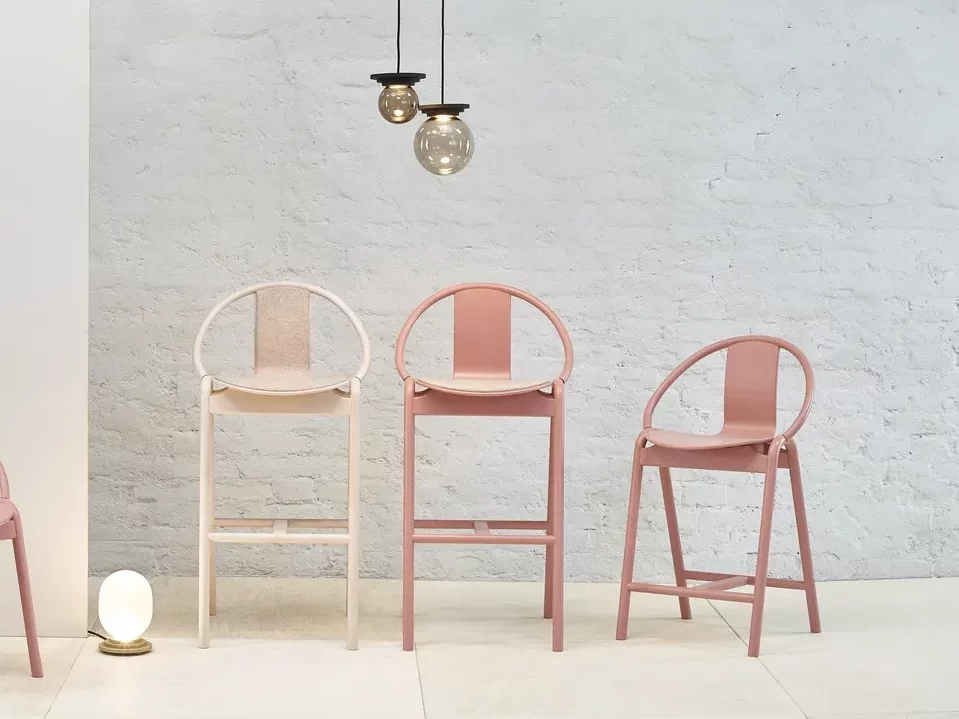
Common Mistakes to Avoid When Choosing Bar Stool Height
Navigating the world of bar stools, while exciting, is fraught with potential pitfalls. Even with measurements in hand, it’s easy to be swayed by a design or a sales pitch and overlook crucial factors. Let’s highlight some common mistakes, ensuring your seating choice is both stylish and functional.
- Not Measuring Correctly: One of the most prevalent errors is skipping the tape measure or not measuring multiple times to ensure accuracy. Relying on estimates or “eyeballing” can lead to purchasing stools that are either too tall or too short for your counter or table. Always remember: measure twice, buy once.
- Overlooking Design Elements: While height is crucial, other design elements can affect the seating experience. For example, stools with elaborate backrests might not fit comfortably under certain counters. Similarly, if you choose swivel stools, ensure there’s enough space for the stools to turn without obstruction.
- Forgetting about Footrests: Footrests play a pivotal role in seating comfort. A stool without a footrest can leave guests or family members with their feet dangling, leading to discomfort over extended periods. Ensure the stool height aligns well with the footrest, allowing for relaxed seating.
- Prioritizing Style Over Comfort: While aesthetics are essential, they shouldn’t come at the expense of comfort. A beautifully designed stool that’s the wrong height can lead to an uncomfortable seating experience. Aim for a harmonious balance between form and function.
- Not Considering the Final User: Think about who will primarily use the stools. If children will frequently use them, you might opt for adjustable stools that can cater to varying heights. On the flip side, taller individuals might require taller stools, even if they’re beyond the standard height.
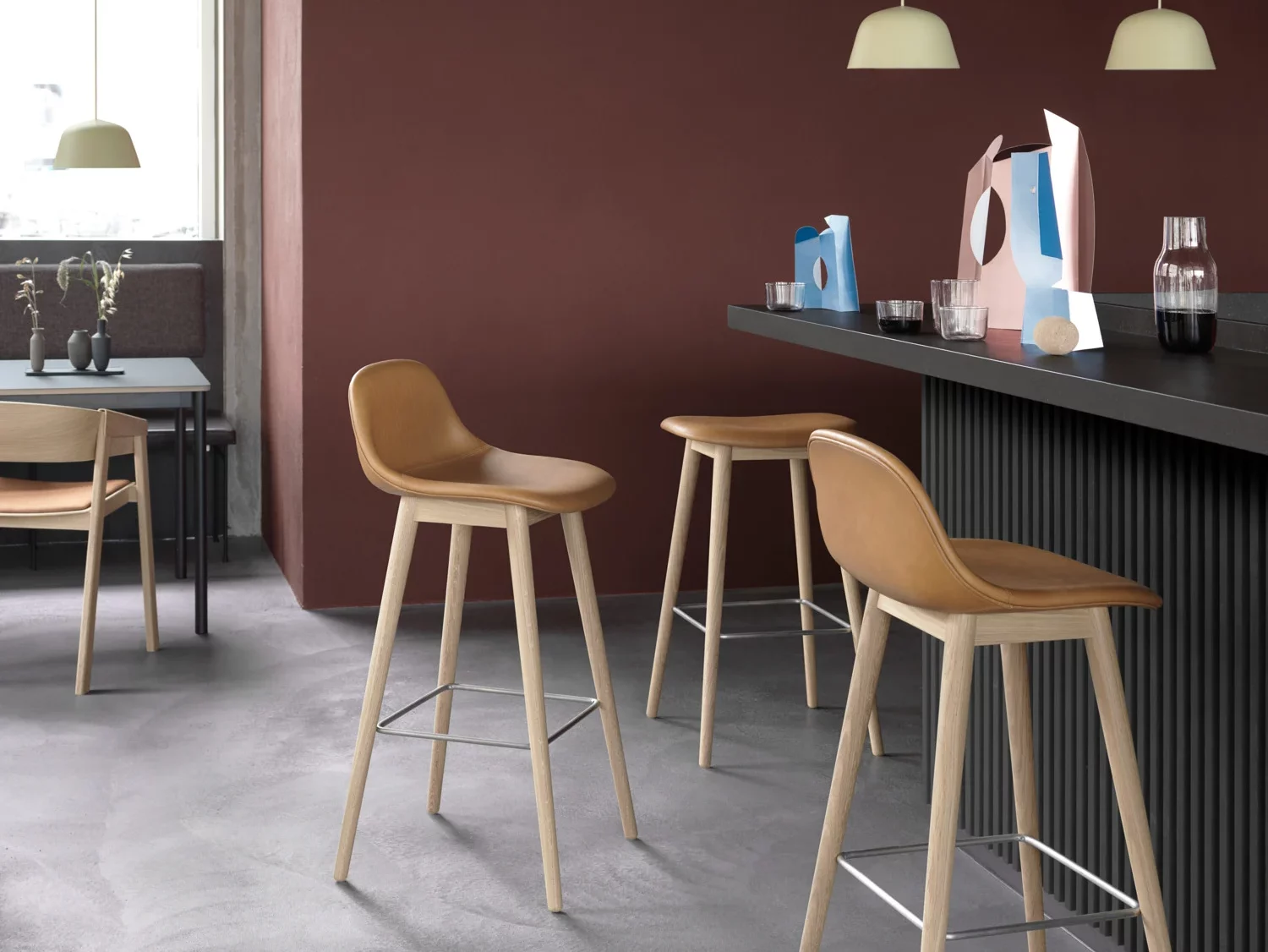
Stool Height For Kitchen Island: Getting It Right
Kitchen islands have emerged as the heart of many modern homes, a nexus of cooking, dining, and socializing. Choosing the right bar stool height for your kitchen island is crucial, not just for aesthetic cohesion but also to ensure that every meal, chat, or casual coffee moment is enjoyed in comfort.
- Synchronizing with Island Height: Kitchen islands typically come in two primary heights – counter height (around 91 cm) and bar height (between 102 to 107 cm). It’s imperative to first ascertain the height of your island and then select stools that fit. For counter-height islands, stools between 61 to 66 cm are ideal, while bar-height islands pair well with stools between 71 to 76 cm.
- Balancing Aesthetics with Utility: The kitchen is a blend of functionality and design. While a stool might look visually stunning, consider its practicality. Does it have a backrest? Is it easy to clean? Remember, kitchen stools might face spills or crumbs, so choose materials and designs that are both attractive and easy to maintain.
- Space Management: Kitchen islands often become multipurpose spaces, from dining to prepping food. Ensure that the stools can be tucked under the island seamlessly when not in use. Additionally, maintain adequate space between each stool for a comfortable dining or socializing experience.
- Safety First: The kitchen can be a bustling area, especially in homes with children. Opt for stools with sturdy bases and avoid designs that tip easily. Also, consider stools with non-slip pads or finishes, especially if you have tiled or wooden flooring.
- Versatility is Key: Adjustable stools can be a boon in the kitchen, catering to family members of varied heights. This is especially useful if the kitchen island serves multiple purposes, from a kid’s homework station to an adult’s casual work spot.
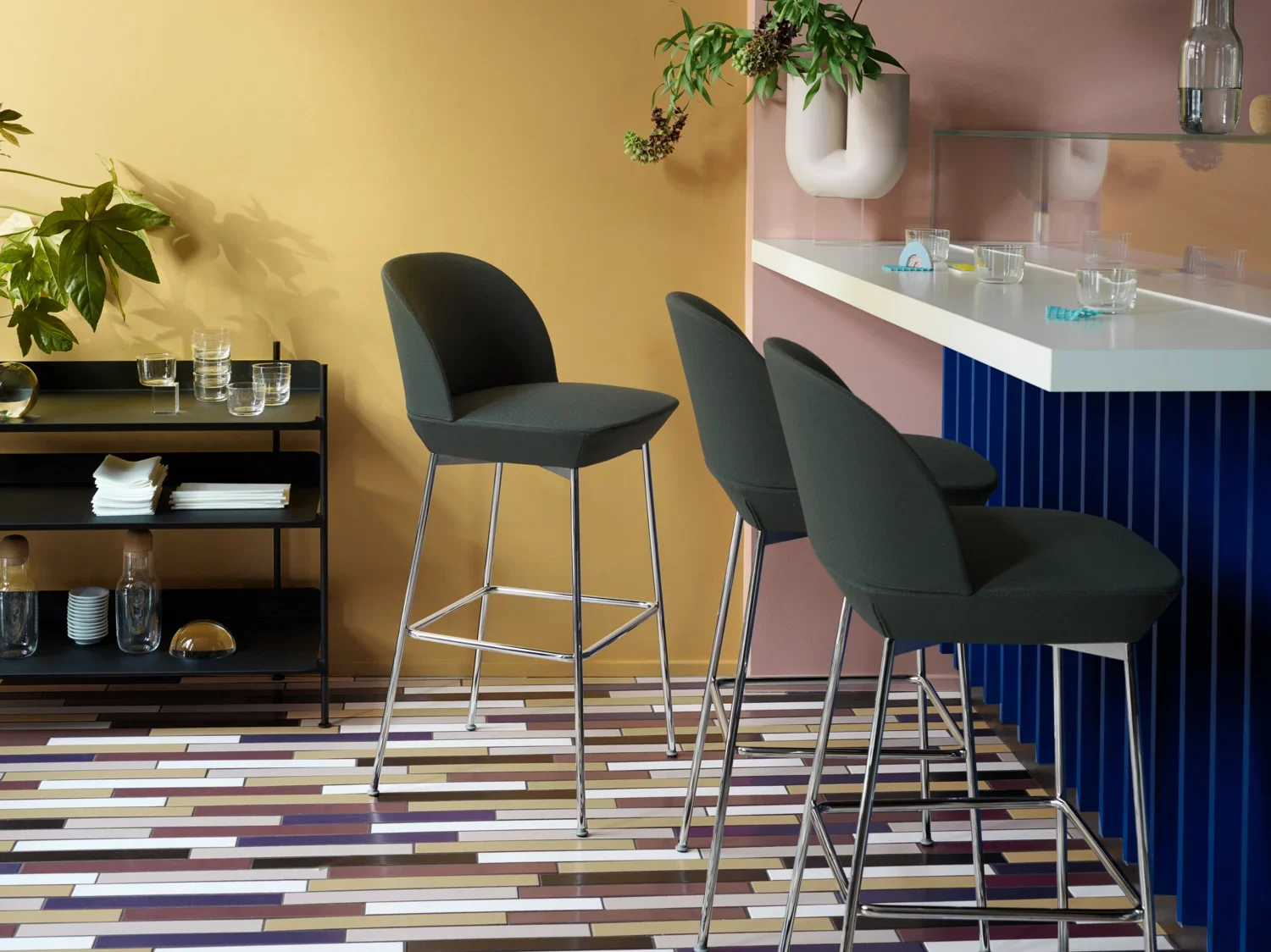
Elevate Your Space: The Final Word on Stool Heights
The world of bar stools and counter height stools offers an array of designs and heights, which can be daunting at first. Yet, knowing the standard bar stool height and understanding your needs can effortlessly elevate your kitchen or bar space. It’s a balancing act between functionality and style, with height being paramount.
When diving into the vast selection of bar stools and kitchen stools, it’s vital to get the measurements spot on. Think about who will use them most and align comfort with aesthetics. The ideal bar stool height for kitchen island or kitchen counter stools not only uplifts the space’s visual appeal but also ensures every chat, meal, or chill-out session is enjoyable.
Take it slow; precision is key. Ensure you’re choosing bar stools that kitchen aficionados would love, keeping coziness at the forefront. Bear in mind, that the difference between bar height stools and counter height bar stools can greatly impact your comfort. So, measure diligently, choose wisely, and relish in the blend of comfort and flair.
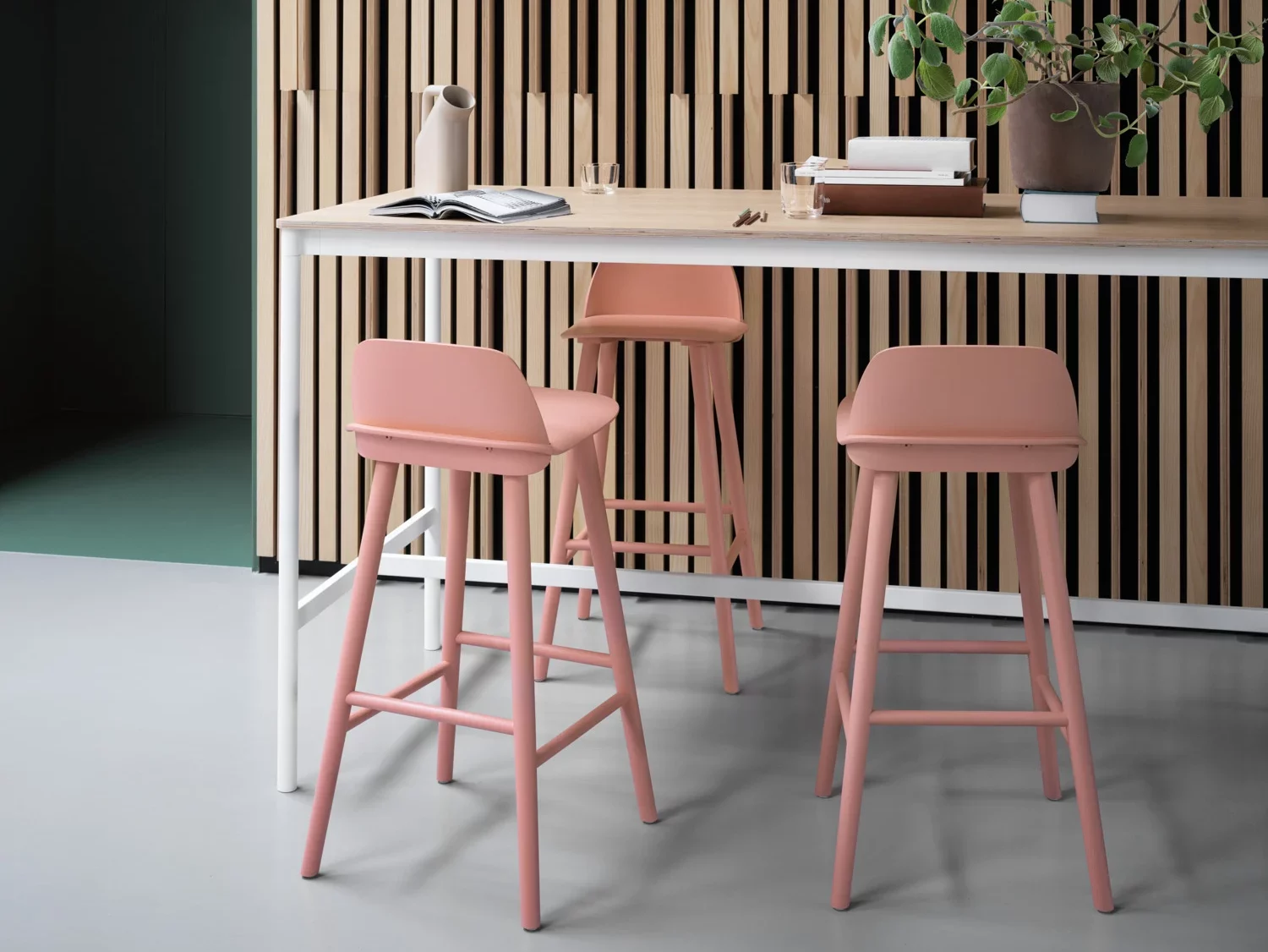
Frequently Asked Questions
Some might find them unstable or uncomfortable for prolonged periods due to the absence of back support.
No, bar stools come in various heights. However, there are commonly used standard heights like counter height (around 24-26 inches) and bar height (around 28-30 inches).
While it’s not a strict necessity for the designs of bar stools and kitchen chairs to be consistent, maintaining a cohesive design aesthetic can create a harmonious and well-thought-out appearance in your space. Consistency in design can help unify different areas of an open-plan living space, making transitions from one section to another feel more seamless. However, mixing different styles can also be effective if done deliberately, adding character and breaking monotony. The key is to strike a balance: even if the designs differ, having some common elements, be it in material, colour, or overall style, can tie the space together. Ultimately, the choice should reflect personal preferences, the existing decor of the home, and the ambience you aim to create.
Consider getting adjustable height stools or using footrests. Another option is to trim the legs, though this requires careful measuring and execution.
Measure from the floor to the underside of the counter or bar. Typically, you’d want your bar stool seat to be about 9-12 inches (23-30 cm) lower than the counter height for optimal comfort.

